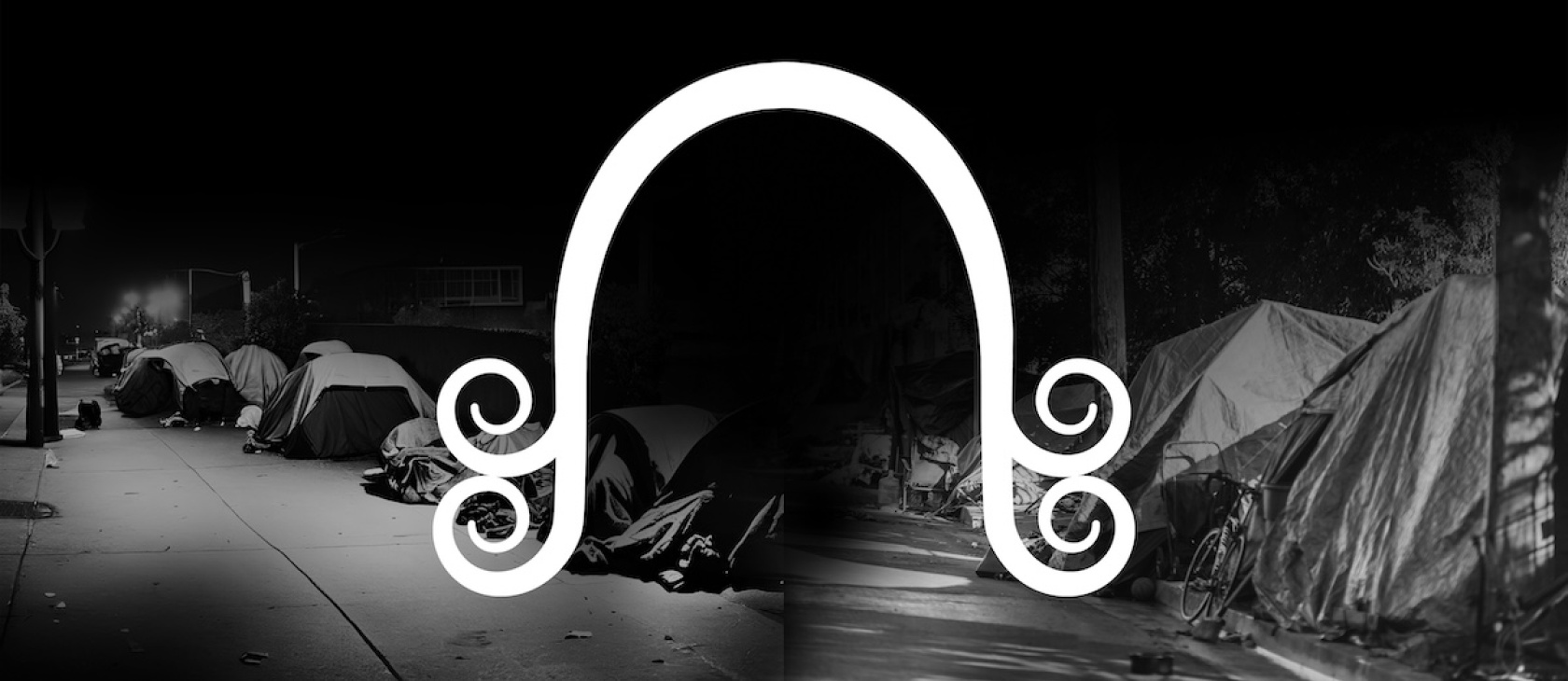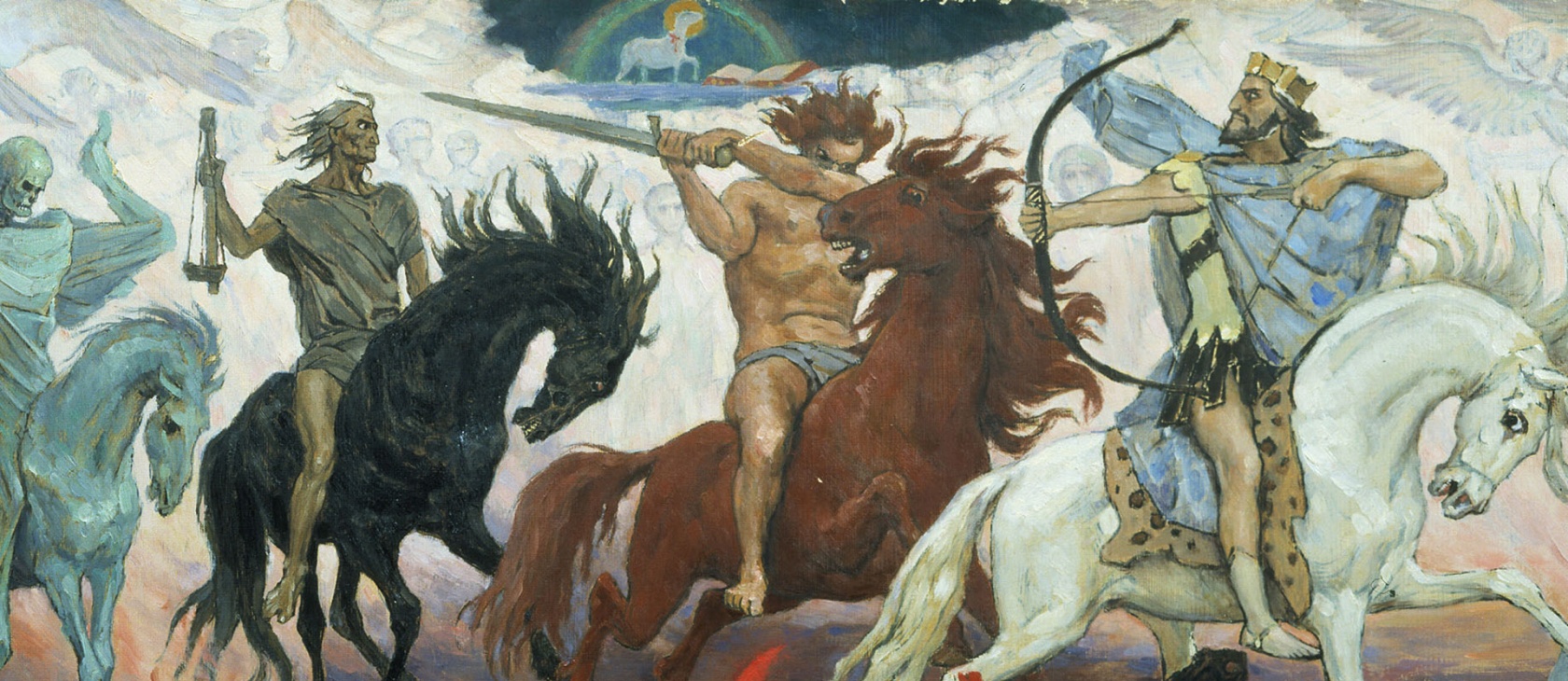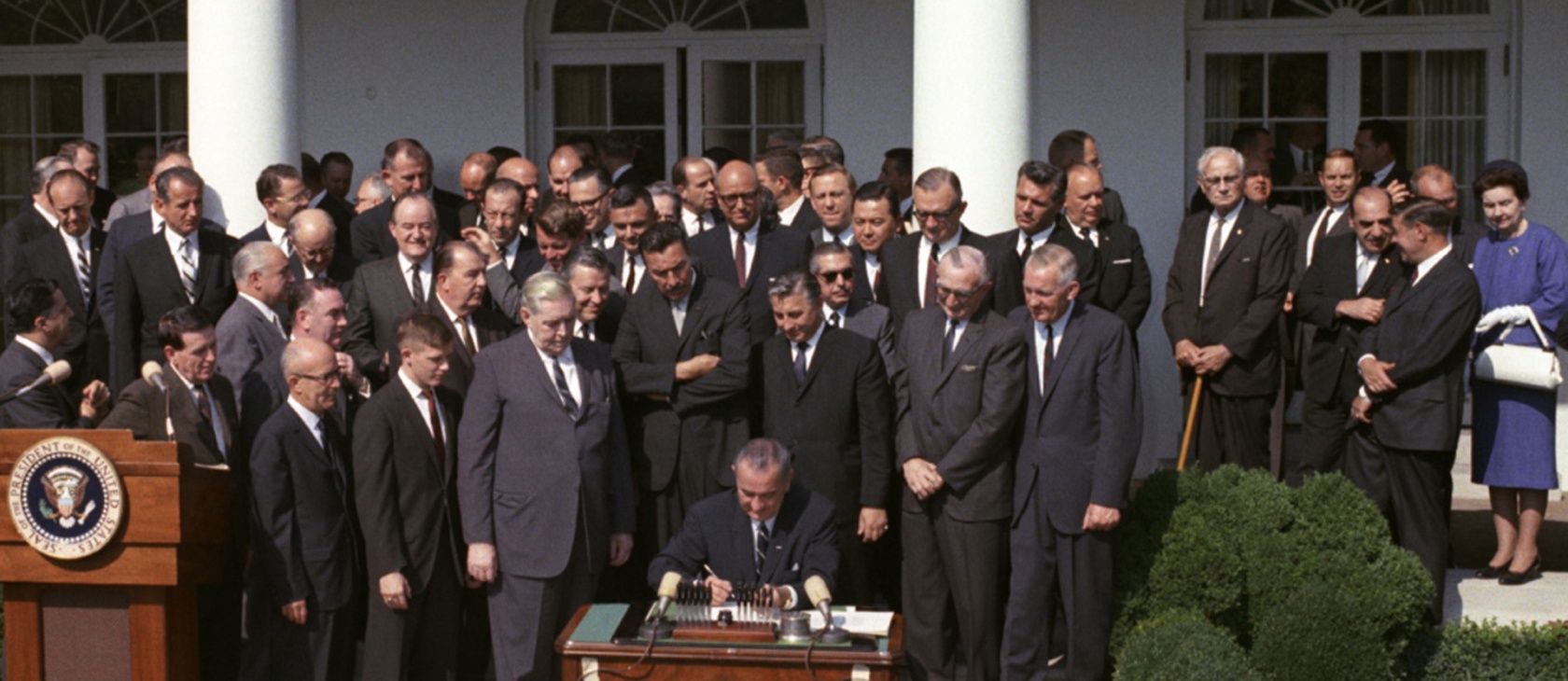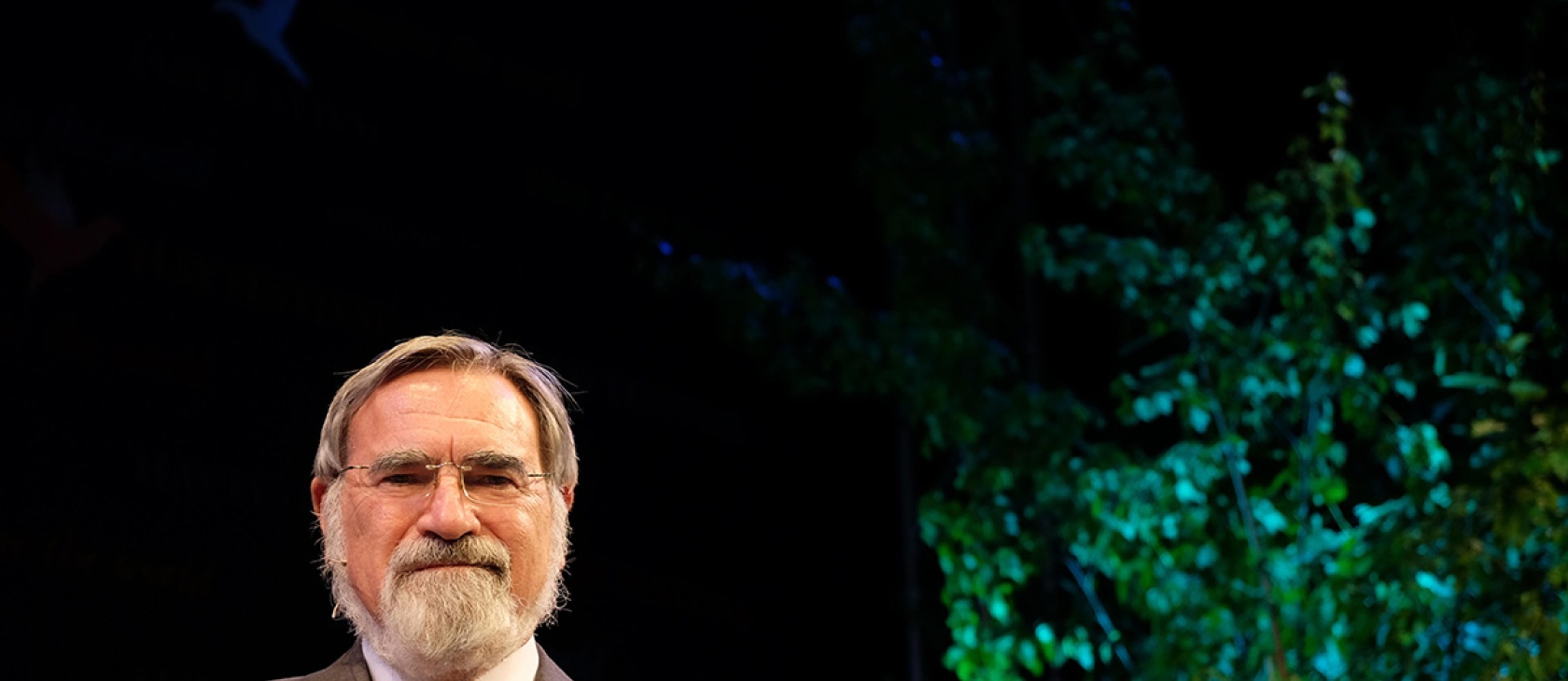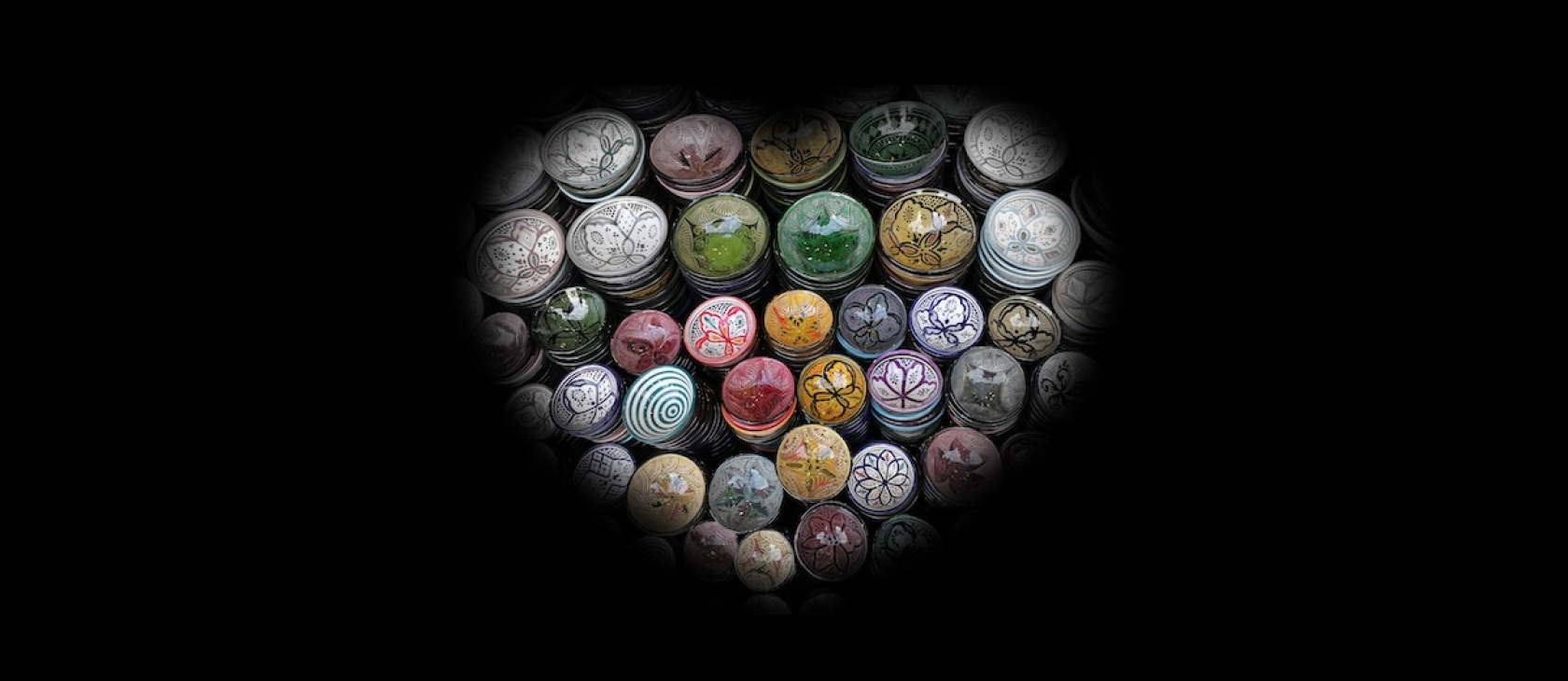


Review of Silent Spring at 50: The False Crises of Rachel Carson. Edited by Roger Meiners, Pierre Desrochers, and Andrew Morriss (Cato, September 2012) ISBN: 978- 1937184995. Hardcover, 344 pages; $25.95.
During the 50 years following the publication of Rachel Carson's Silent Spring, much has been written to discredit the science of her landmark book. Little, however, has been written on the environmentalist cult it helped spawn.
Until Silent Spring at 50, that is.
Subtitled "The False Crises of Rachel Carson," Silent Spring at 50 is a collection of essays missioned by the Cato Institute and edited by Roger Meiners, Pierre Desrochers and Andrew Morriss. Much like Roger Scruton's recent How to Think Seriously About the Planet: The Case for Environmental Conservatism, the essays present a unified indictment not necessarily of Carson per se but of the disastrous results wrought by the policies she inspired.
In "The Lady Who Started All This," environmentalist William Kaufman presents an admiring portrait of Carson as a scientist who unfortunately took a left-turn from her previous works—based on objective, empirical research—when she endeavored to write Silent Spring shortly after her cancer diagnosis. For this ill-conceived approach, Kaufman blames Wallace Shawn, the New Yorker editor who prompted Carson to abandon her "disinterested scientist" voice in favor of a more "adversarial" tone. Since the famous editor signed Carson's check, the author plied.
Kaufman—an admitted admirer of Carson's eventual conclusions and penchant for prose-poetry—acknowledges the approach as a misstep: "[Shawn's] words demonstrate a serious flaw in logic and why Silent Spring is so different from Carson's earlier books: 'After all, there are some things one doesn't have to be objective and unbiased about—one doesn't condone murder!' This is classic polarization— if you're not for us, you're against us. Clearly, objectivity and the open mind of scientific inquiry do not condone or condemn."
Kaufman correctly notes that Carson never advocated for plete ban on chemical insecticides, but upbraids her for employing inflammatory language exemplified in her chapter titles: "Elixers of Death," "Needless Havoc," "Rivers of Death" and "Indiscriminately From the Skies." He further notes that she resorts to unnecessary demonization of panies and government agents who spray insecticides as well as infantilization of the American public at large when she wrote: "As matters stand now, we are in little better position than the guests of the Borgias."
Perhaps most damning of all, Kaufman points out that Carson's book includes "sentimentalized line drawings of animals where even the bugs are cute. In fact, she wrote to Dorothy Freeman, 'I consider my contributions to scientific fact far less important than my attempts to awaken an emotional response to the world of nature.'" As Kaufman points out, this is where Carson set the stage for environmentalists to embrace Silent Spring as dogma. For her followers, he notes disapprovingly, "her contribution to the environmental movement was not a respect for science, but nourishment of a faith."
More's the pity, as demonstrated in Robert H. Nelson's essay, "Silent Spring as Secular Religion." Perhaps no other economist by training is better fit to approach the topic, as the Princeton University Ph.D. is also the author of the book-length The New Holy Wars: Economic Religion Versus Environmental Religion in Contemporary America and Economics as Religion: From Samuelson to Chicago and Beyond.
ments: "Much of Silent Spring …went well beyond the damaging impacts of past episodes of ill-conceived pesticide spraying. Carson did not limit herself to the failings of progressive economic religion in this one area of government action…. She devoted large parts of Silent Spring to making the case that the widespread use of chemicals of all kinds was about to precipitate a plague of cancer in American society. This was even more devastating evidence of the heretical if not altogether diabolical character of American progressive religion."However, Nelson writes, Carson often got it wrong by "using weakly based scientific assertions as a means municating what was in reality a form of religious zeal." He adds: "In making a religious argument in the implicit form of popular science, Carson left her environmental theology exposed to the risk of scientific refutation."
Nelson details the shortcuts Carson took on her way to formulating an environmentalist religion. He notes that what little science she employed was never serious- minded, but only a smokescreen to further her faith-based convictions. For example, the author of Silent Spring never addresses the toxicologists' mantra that "the dose makes the poison." Instead, Carson argues from the perspective humans would succumb to cancer based on exposure to chemicals far higher than most would ever likely experience. This, says Nelson, is more "environmental religion" than "environmental science."
It should be noted in closing that Silent Spring at 50 isn't a capitalist manifesto against environmentalism. Rather, the collection's essays present clearly written arguments for why preserving the environment as well as protecting the health of humans and animals is as important to free marketers as it is to everyone else—provided sound science is considered. The Earth is God's gift to us all, but the idolatry of nature advanced by Rachel Carson and perpetuated by many who followed her down the ill-considered path of environmental theology runs contrary to the real science that allows humanity to e pestilence and famine.
